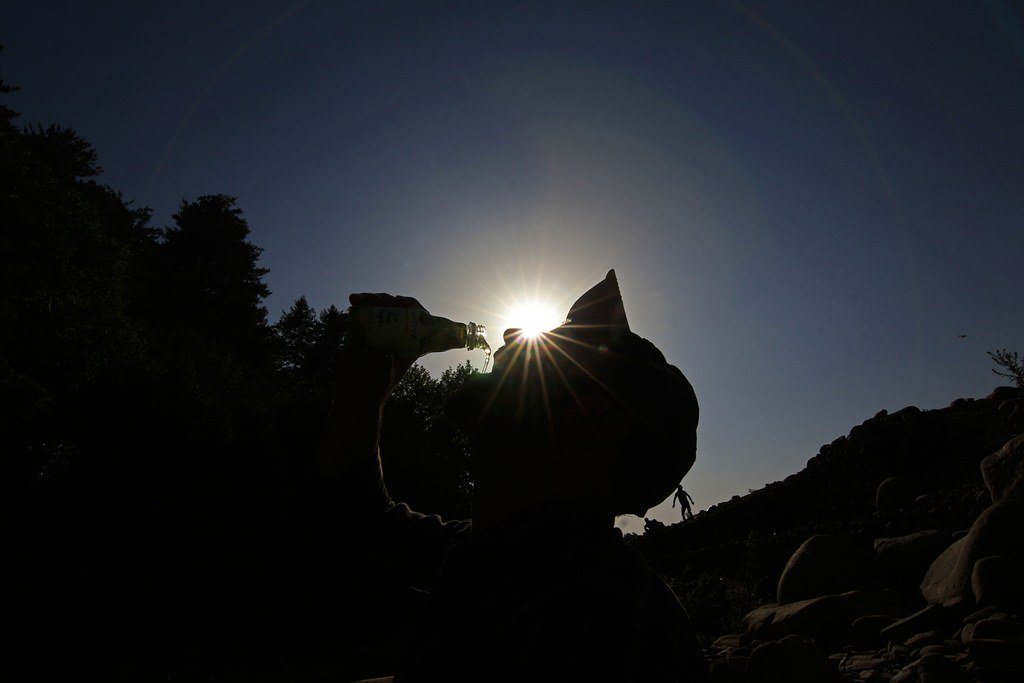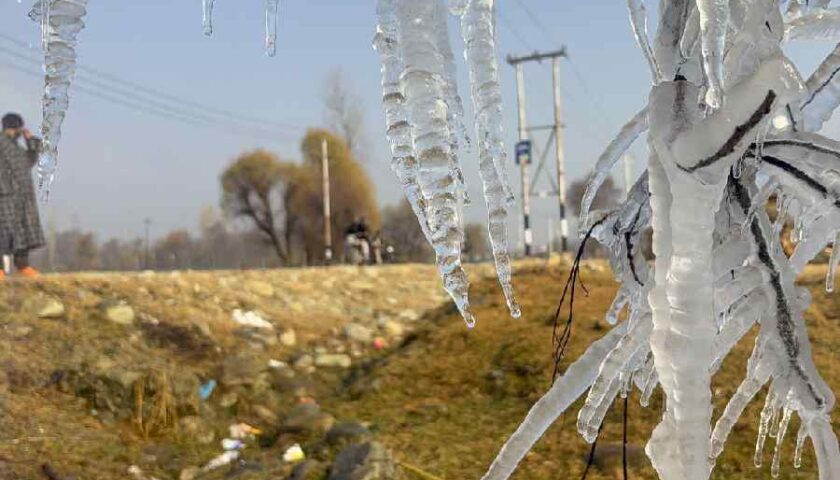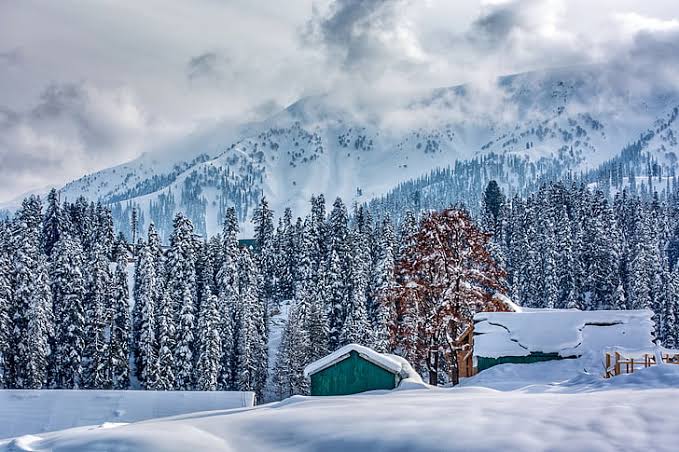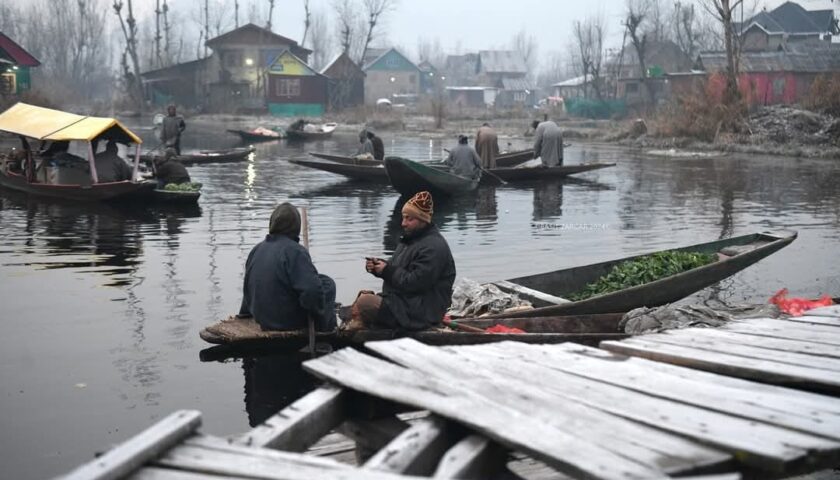20-Year Heat Record Broken in Srinagar
Srinagar | 25 June 2025
Srinagar, the summer capital of Jammu and Kashmir, recorded a staggering 35.5°C on June 24, the hottest June day in nearly two decades, matching a previous high set in 2005. This is not just a weather statistic—it’s a signal. One that reflects the growing impact of climate volatility in the fragile Himalayan region.
From the snow-fed meadows of Pahalgam to the densely populated lanes of Kupwara and Qazigund, the Valley baked under an oppressive sun. Pahalgam, typically known for its cool climate even in summer, hit 30.6°C, while Kupwara and Qazigund reported 34.7°C and 33.6°C respectively.
Rain on the Horizon: Relief or Risk?
According to the Indian Meteorological Department (IMD), a three-day wet spell is forecasted between June 25 and 27, offering some relief from the intense heat. Light to moderate rainfall is expected across Kashmir Valley, with isolated heavy showers likely in parts of Jammu region.
However, while the rains may cool temperatures temporarily, they also raise red flags for:
- Flash floods in mountainous terrain
- Landslides in vulnerable zones
- Urban waterlogging, particularly in low-lying city areas like Srinagar’s Bemina and Rajbagh
What’s Behind the Heatwave?
Meteorologists point to a combination of factors:
- Western disturbances that have shifted northward
- Low moisture levels in the atmosphere
- Reduced snowmelt buffering due to glacial retreat
Environmentalists, however, warn this isn’t just a natural anomaly. It’s part of a larger climate shift affecting the Western Himalayas.
Climate Change in Kashmir: A Growing Threat
The Kashmir Valley has seen rising signs of climate stress over the past decade:
- Unseasonal snowfall and rainfall disrupting agriculture
- Retreating glaciers affecting rivers and irrigation
- Longer dry spells, followed by intense rainfall
- Heatwaves becoming more frequent
According to a recent study by the J&K State Climate Cell, the region has warmed by 1.45°C since 1980, faster than the national average. This warming has serious ecological, agricultural, and public health implications.
Impact on Daily Life: From Health to Economy
Health Concerns
With temperatures breaching 35°C in Srinagar:
- Children and the elderly are most vulnerable to heat exhaustion
- Hospitals have seen a spike in heatstroke and dehydration cases
- Air quality worsens due to ground-level ozone buildup
Agriculture
- Apple and cherry orchards are at risk due to heat-induced stress
- Irrigation demands increase amid falling water levels
Tourism
- Traditional summer tourist getaways like Pahalgam and Gulmarg lose their climate advantage
- The need for sustainable tourism planning becomes more urgent
Building Climate Resilience in Kashmir
This heatwave must be a wakeup call. Policymakers, local communities, and civil society must collaborate on:
- Early warning systems for heat and flood events
- Urban planning to reduce concrete heat traps in cities like Srinagar
- Watershed and forest conservation to stabilize microclimates
- Climate education and awareness at school and village levels
- Promotion of sustainable agriculture and crop diversification
Bottom-Line: A Moment for Reflection and Action
The Srinagar heatwave of June 2025 is not just a weather record—it’s a climate milestone, one that should trigger urgent conversations and policy shifts in how we understand and respond to environmental risks in Kashmir.
As rains approach, bringing both relief and potential risk, the focus must remain on long-term adaptation, sustainable infrastructure, and public preparedness. Because in the age of climate change, weather is no longer just a forecast—it’s a warning.




